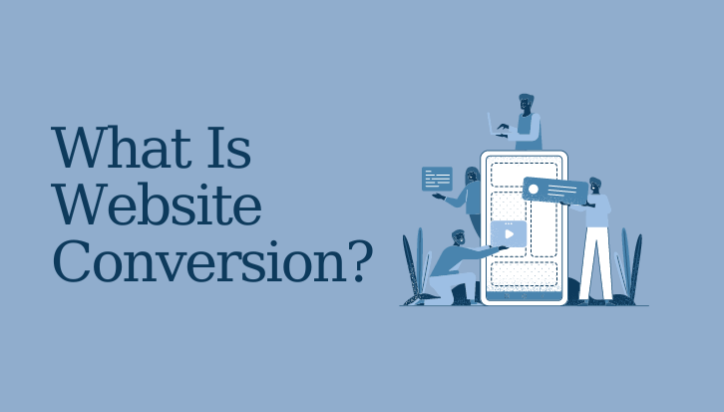1.Clear and Compelling Call-to-Action (CTA):
Use clear and visually prominent CTAs that clearly communicate the desired action.
2. Streamlined User Experience (UX):
Ensure that your website is user-friendly, with intuitive navigation, clear information hierarchy, and easy-to-use forms.
3. Engaging and Relevant Content
Create high-quality, relevant content that addresses the needs and interests of your target audience.
4.Social Proof and Testimonials
Incorporate social proof elements such as customer testimonials, reviews, case studies, and trust badges to build credibility and trust.
5. Responsive and Fast-loading Website
Ensure your website is optimized for different devices and screen sizes. A responsive design ensures a seamless user experience across desktop, mobile, and tablets. Additionally, optimize your website’s loading speed to prevent visitors from abandoning the site due to long load times.
6. A/B Testing and Optimization
Conduct A/B testing to experiment with different variations of your website elements, such as headlines, CTAs, layouts, colors, and images.
7. Personalization and Segmentation
Tailor the user experience based on visitor behavior, demographics, or preferences.


